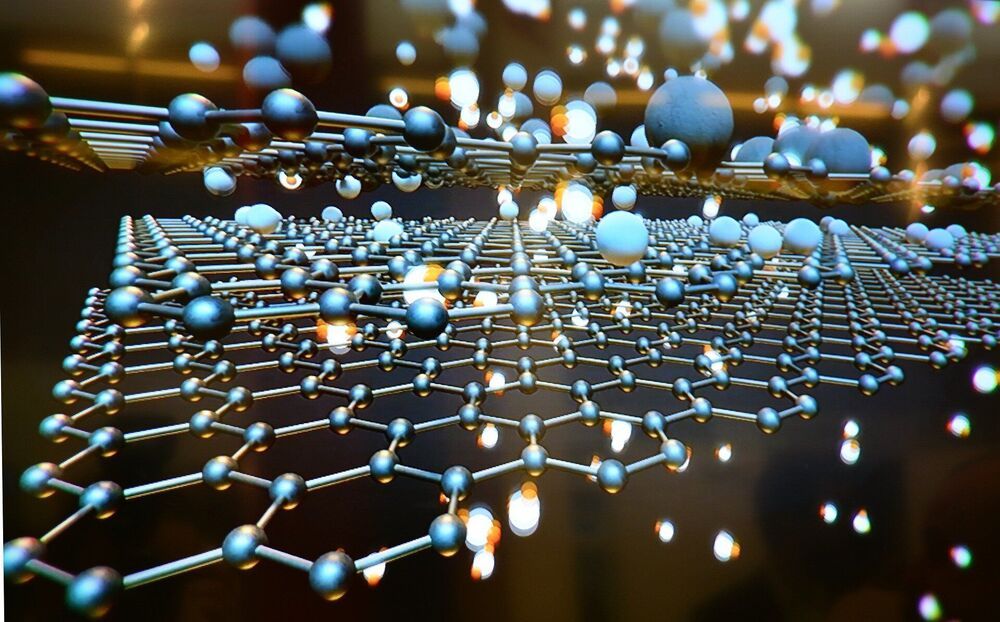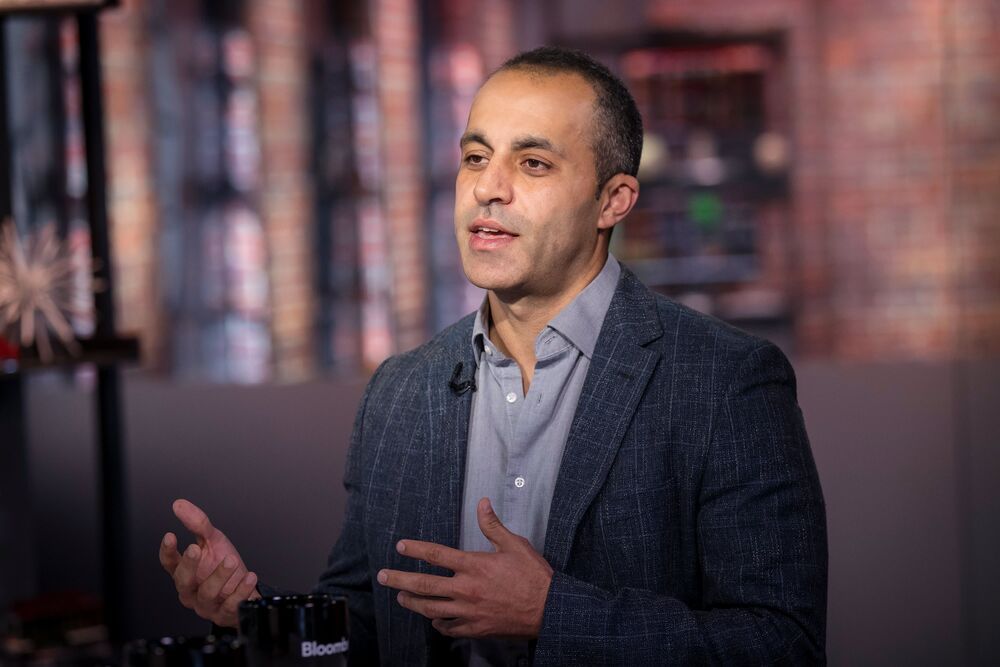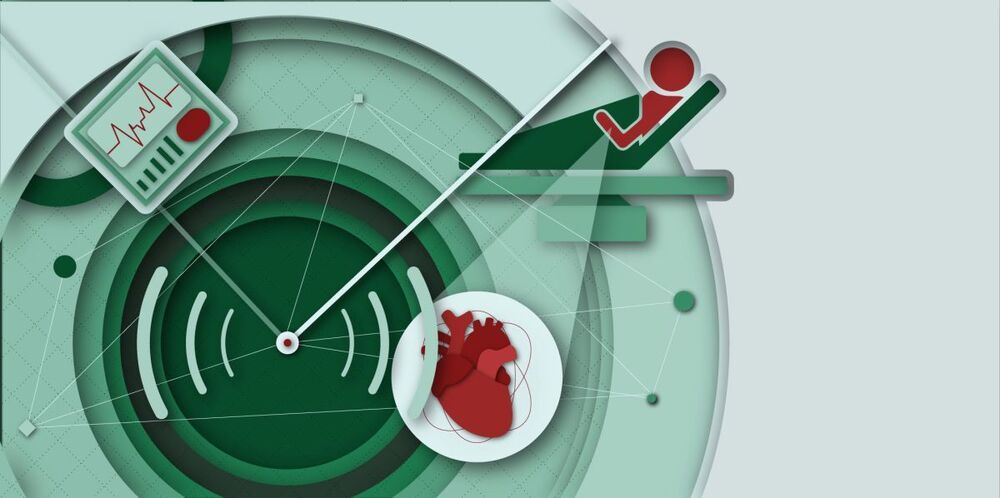
University of Stuttgart researchers developed a particle-based imaging approach that enables the spatially and temporally resolved investigation of vastly different systems such as ground-state samples, Rydberg ensembles, or cold ions immersed in quantum gases.
The microscope features an excellent time resolution allowing for both the study of dynamic processes and 3D imaging. In contrast to most quantum gas microscopes, this imaging scheme offers an enormous depth of field and is, therefore, not restricted to two-dimensional systems.
The researchers plan to use their new and powerful tool to extend our studies of cold ion-atom hybrid systems and intend to push the collision energies in these systems to the ultracold regime. Using Rydberg molecules to initialize ion-atom collisions, they envision the imaging of individual scattering events taking place in the quantum regime.









